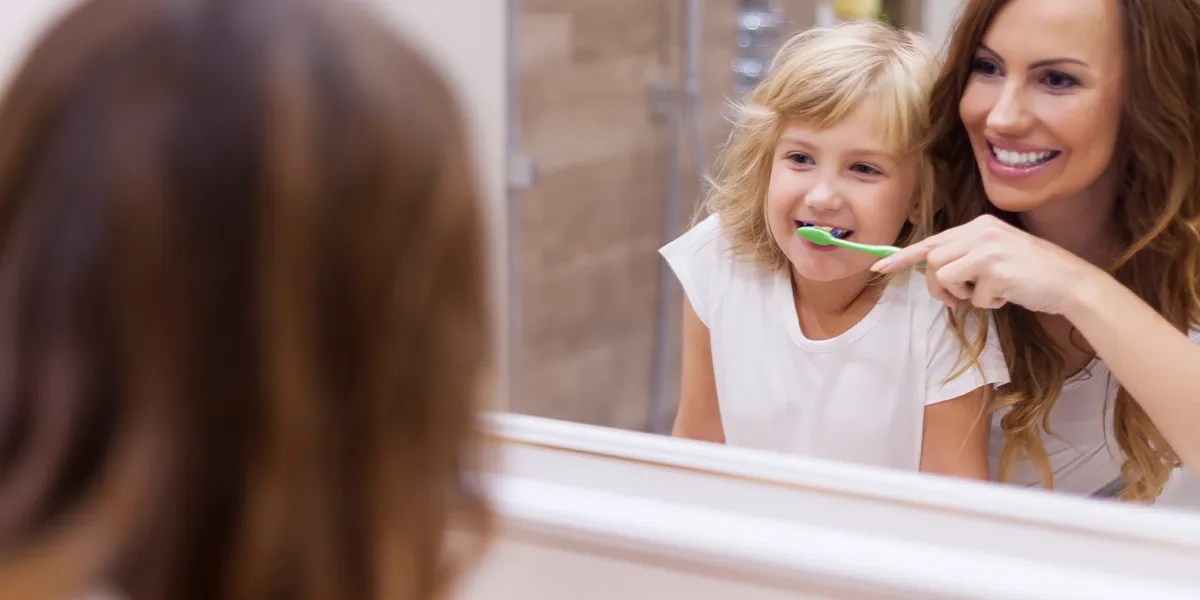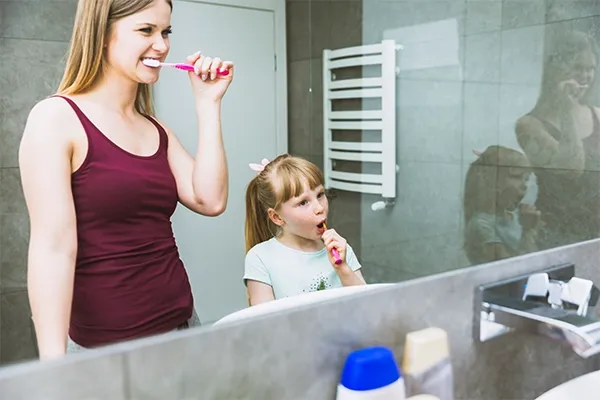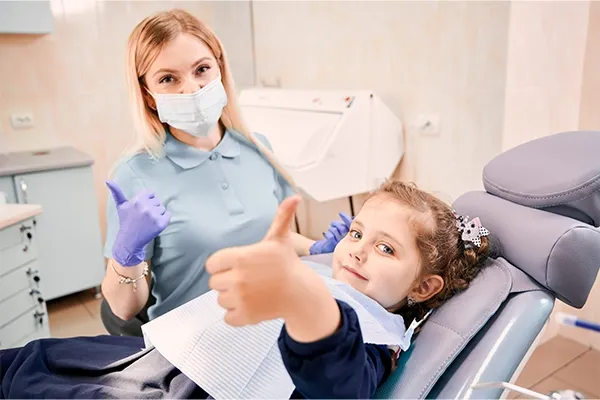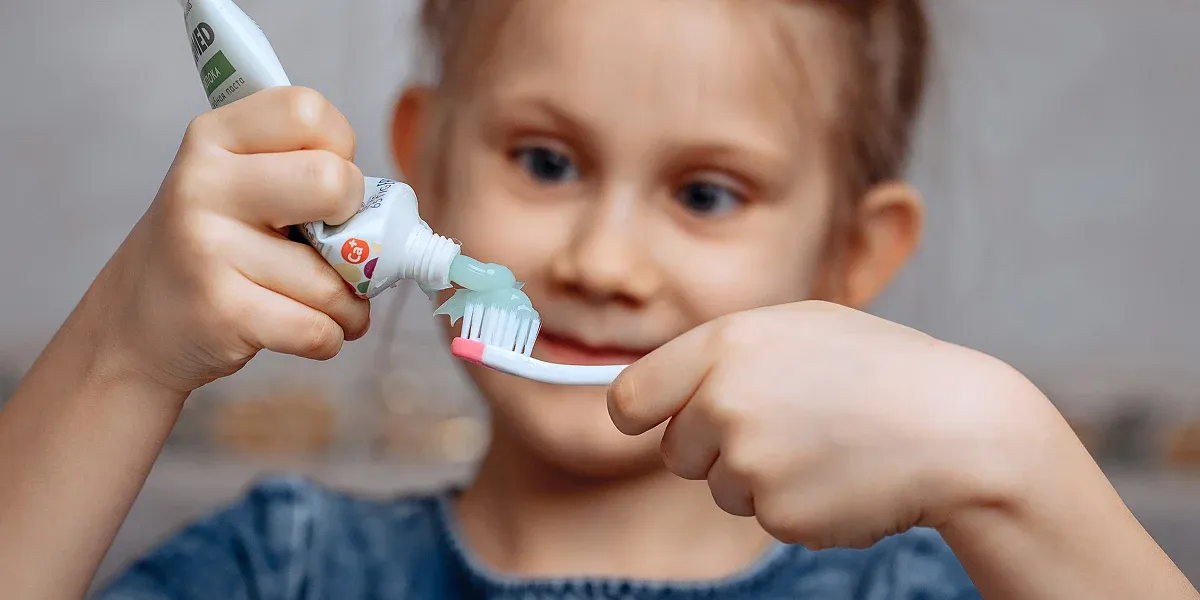
How to Safely Use Fluoride Treatment at Home for Kids Oral Health
In today’s digital-first parenting era, Fluoride Treatment for Kids is gaining popularity, especially in the form of At-Home Fluoride options. While this shift empowers parents to actively support their kids' oral health, it also raises critical questions about safety, age-appropriateness, and effectiveness.
When used correctly, fluoride for children is a powerful ally in preventing cavities, strengthening enamel, and building long-term oral hygiene habits. But misuses like overapplication or unsupervised usage can pose risks such as dental fluorosis or ingestion. This blog helps you confidently navigate home fluoride treatment practices, ensuring your child’s smile stays strong and healthy safe.
1. What Is Fluoride and Why Do Kids Need It
Fluoride is a naturally occurring mineral with powerful cavity-fighting properties, making it essential for kids’ teeth care. It works by remineralizing weakened enamel, reversing early signs of tooth decay, and strengthening teeth to resist acid attacks from bacteria and sugar. During the crucial stages of tooth development, fluoride acts like a protective barrier, reducing the risk of dental caries (cavities) and preventing costly dental issues later in life. Consistent use of fluoride supports long-term oral health by strengthening enamel both before and after teeth eruption. Pediatric dental associations emphasize that fluoride treatment for kids is most effective when combined with proper brushing habits, a balanced diet, and regular dental checkups.
2. Home Fluoride Treatment Trends in 2025
Fluoride continues to be a cornerstone of preventive oral care, but the rise of digital parenting has made at-home treatments more accessible. Parents today seek safer, guided ways to manage fluoride use without frequent clinic visits. The focus has shifted toward At-Home Fluoride Treatments, designed for convenience while ensuring that fluoride remains part of children’s daily hygiene. This shift reflects a broader trend of tech-assisted health care and awareness-based parenting where education and supervision play key roles.

3. Types of At-Home Fluoride Treatments for Children
Fluoride toothpaste is the most common and beginner-friendly option for kids, and it should be used twice daily under supervision, especially in children under 7. For safe use, parents should follow fluoride application tips for kids’ toothpaste: under 3 years, a grain-of-rice-sized amount is enough, while ages 3–6 should use a pea-sized amount, always encouraging spitting and not swallowing.
Fluoride rinses are another option, suitable for children aged 6 and older who can reliably swish and spit. These rinses are best for children with a high risk of cavities and should be used once a day after brushing, only under adult supervision.
Fluoride gels for kids are higher-strength products, often recommended by dentists for those with enamel issues or recurrent cavities. If parents decide to use fluoride gel for kids at home, they should ensure it’s a pediatric-specific product and follow directions carefully to prevent overexposure.
4.Fluoride Application Tips for Kids at Home
Safe application is key to successful fluoride usage. Follow this fluoride safety tip guide to ensure your child benefits without side effects.
For a proper brushing routine with fluoride toothpaste, always wash hands before brushing your child’s teeth, then apply an age-appropriate amount of fluoride toothpaste. Brush for at least two minutes, twice daily, ensuring your child spits out the paste (especially ages 3 and above). Avoid rinsing immediately after brushing so that the fluoride stays on the teeth for maximum protection.
When using a fluoride rinse, only introduce it if your child is 6 or older. Start with a small amount as directed on the product label, supervise the swish-and-spit technique, and use it once daily after brushing.
For fluoride gel for kids, apply a thin layer with a clean finger or soft brush, making sure your child avoids eating or drinking for 30 minutes afterward. This should be applied only once a week unless a dentist advises otherwise.
5.Fluoride Safety Tips for Parents
Fluoride is highly beneficial in the right dose, but excessive use can lead to fluorosis, a condition that causes faint white spots on permanent teeth. While not harmful, fluorosis can affect aesthetics and is a clear sign of overuse. Parents should be alert to the signs of too much fluoride use, which may include white streaks or spots on teeth, frequent upset stomach after brushing, or situations where a child often swallows toothpaste or rinse.
To prevent this, follow key fluoride safety tips: always use the correct amount of toothpaste for your child’s age, keep all fluoride products stored safely out of reach, and never combine multiple fluoride treatments unless specifically recommended by a dentist. Most importantly, educate your child on proper brushing habits and the importance of not swallowing fluoride toothpaste or mouth rinse.
6. Choosing the Right Fluoride Products for Your Child
To support kids' oral health and prevent complications, selecting the right fluoride products is essential. Whether it’s toothpaste, mouthwash, or fluoride gel for kids, choices should depend on age, habits, and dental history. Look for age-specific formulas (babies, toddlers, school-aged), ADA-approved products, and low fluoride concentrations for younger children. Flavored options like bubblegum or strawberry can encourage brushing while staying effective. Remember, fluoride application for kids should never include adult-strength products unless recommended by a pediatric dentist.
7. Fluoride Application for Kids: Age-by-Age Guide
Every age group requires different levels of fluoride exposure to maintain effective kids' teeth care while preventing overuse.
For infants and toddlers (0–3 years), use a soft brush with a smear (grain-sized) of fluoride toothpaste and brush twice daily, especially before bed. Avoid fluoride rinses or gels at this stage.
For preschool and early grades (4–6 years), introduce a pea-sized amount of fluoride toothpaste, encourage spitting, and don’t let them swallow. Avoid unsupervised access to dental products.
For ages 7–12 years, kids can start applying fluoride themselves with supervision. They may use low-dose fluoride rinses or gels once weekly while practicing proper brushing techniques to support ongoing oral health.

What Dentists Say About Fluoride Treatment for Kids
Dental professionals strongly emphasize the importance of home fluoride treatment in reducing early tooth decay, provided it is done correctly. Their top advice highlights the need to supervise fluoride use until at least age 7, be cautious when using concentrated fluoride gels, and avoid combining multiple fluoride sources such as toothpaste, rinses, and high-strength gels on a daily basis. According to pediatric dentists, proper fluoride treatment for kids can make a lasting difference in cavity prevention, especially when it is started early, customized to the child’s needs, and managed wisely under professional guidance.
Conclusion
When used correctly, fluoride treatment for kids offers excellent protection against cavities and supports long-term oral health. Stick to safe routines, consult your child’s dentist, and ensure all at-home fluoride applications are age-appropriate. Consistency, caution, and care are the keys to maintaining strong, happy smiles at home.
Resource:
Fluoride vs. Non-Fluoride Toothpaste: Which One Is Better for Kids?
Subscribe To Our Newsletter
Get Updates And Learn From The Best

